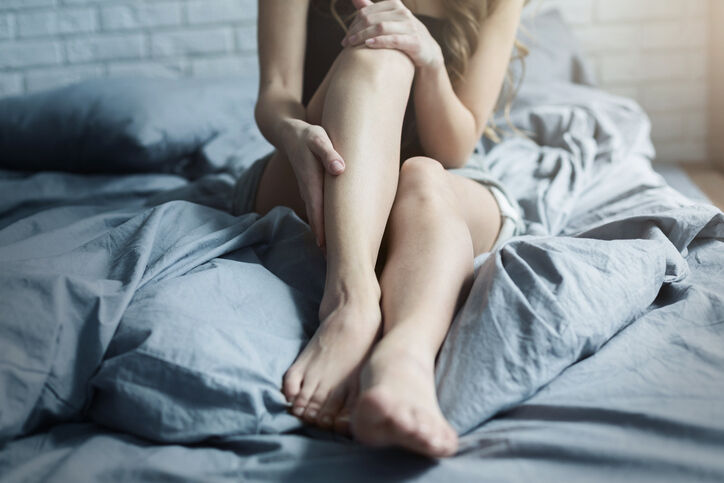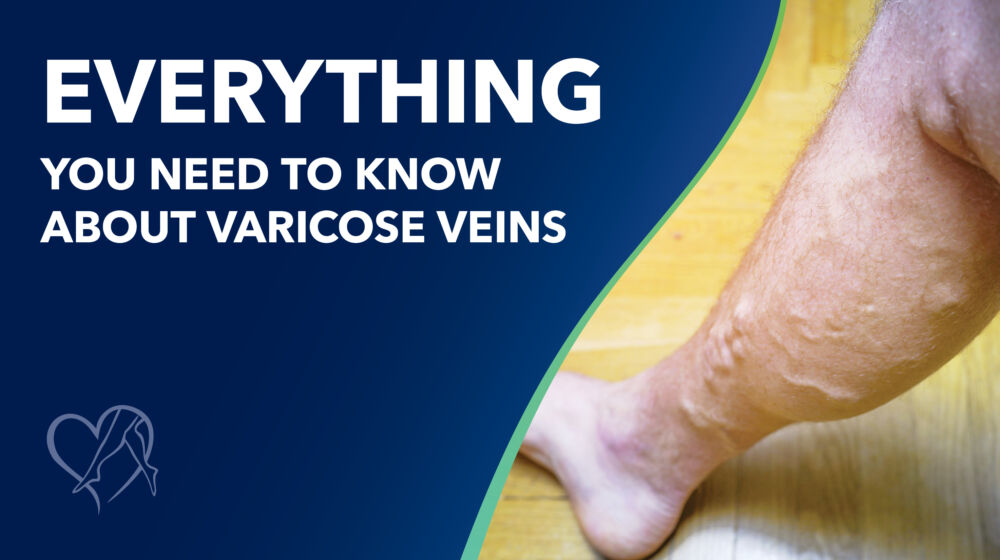Medication can treat restless leg syndrome. But at-home remedies can work just as well.
The National Institute of Neurological Disorders and Stroke estimates between 7 percent and 10 percent of the U.S. population experience the distressing symptoms of restless leg syndrome (RLS). Those with the condition describe a feeling of pulling, throbbing, and “creepy crawling” in the legs. The sensations typically increase when they rest for an extended period or when trying to sleep. Moving the legs provides only temporary relief, and RLS patients wake up tired and irritable.
RLS has no known cause. One theory suggests it is caused by a disruption in the basal ganglia section of the brain that controls muscle movements with the aid of the chemical dopamine. Likewise, Parkinson’s disease develops due to a disorder in the basal ganglia, which is why those with Parkinson’s tend to have a higher incidence of RLS. Additionally, RLS may be due to an iron deficiency. And, of course, we can’t rule out varicose veins.
While RLS can be treated with several medications, at-home remedies have also successfully managed RLS symptoms.
Six home remedies for RLS
While medication cannot cure RLS, certain drugs, such as those that work on the dopamine levels in the brain and supplements that boost iron deficiency, can manage RLS symptoms. Many RLS patients also find relief with these six at-home remedies:
Set a sleep schedule. Try to slip into bed and rise at the same time every day. Make sure your bedroom is quiet, comfortable, and free of distractions. In other words, turn off the TV, cell phone, or computer. Aim for at least seven hours of sleep every evening.
Take a warm bath. Soaking in a warm tub can relax the muscles and help you fall asleep peacefully. A gentle massage while in the tub can also loosen tense muscles.
Apply hot and cold compresses. Alternating between hot and cold compresses on the legs can help lessen limb sensations.
Mild exercise before bedtime. A relaxing walk or gentle stretching before bedtime can tire you out and help ease you into slumber. Note that a vigorous workout right before bed will have the opposite effect and keep you awake.
Don’t drink caffeine. If RLS keeps you awake, sipping caffeinated drinks will only worsen it. Chocolate also contains caffeine, so skip your nighttime treat.
Use an approved device. The FDA has approved several devices to relieve RLS symptoms. Such devices include a boot that adds pressure on the foot and a vibrating pad wrapped around the leg.
Consult a vein specialist if uncontrolled leg movements keep you up at night. Vein disease symptoms mimic RLS, which includes itching, cramping, pain, and heaviness. In addition, many people with varicose veins say the symptoms worsen at night, making restful sleep nearly impossible.
Research backs up the connection between vein disease and RLS. A 1995 study found varicose vein treatment relieved RLS symptoms in most RLS patients. Another study from 2008 yielded similar results.
If your sleep is interrupted nightly by RLS or other painful leg symptoms, see a vein specialist to determine if the root cause may be malfunctioning veins. Getting your veins treated may help you get the restorative sleep you need.
Are your veins causing your RLS?
Given the link between RLS and vein disease, examining your veins may be in order. The vein physicians at Center for Vein Restoration (CVR) are experts in vein disease and RLS. We will thoroughly review of your symptoms and suggest appropriate treatments tailored to your individual needs and lifestyle.
Contact one of our offices today to schedule a consultation, or call 240-965-3915 to speak to a representative. You may also schedule online at your convenience.
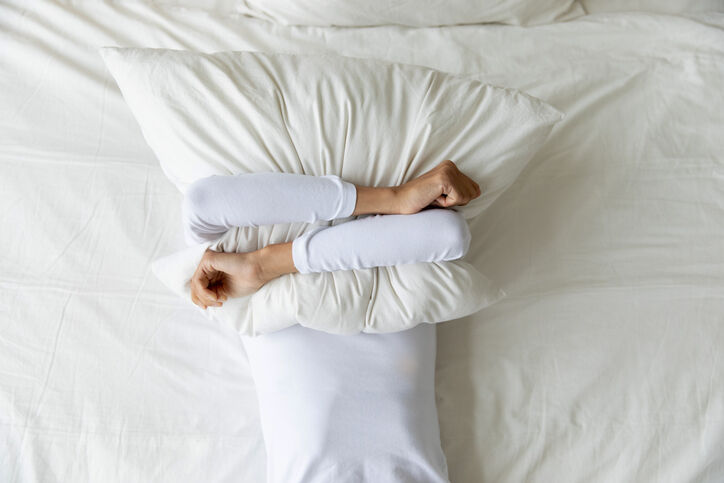
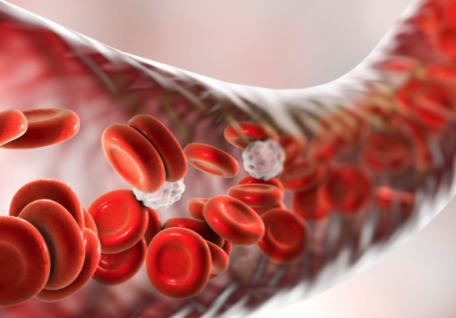 About Vein Disease
About Vein Disease
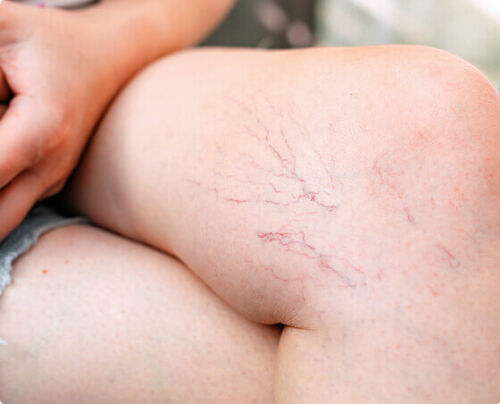 Spider Veins
Spider Veins
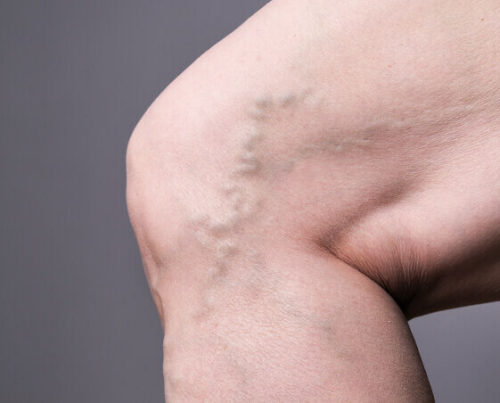 Varicose Veins
Varicose Veins
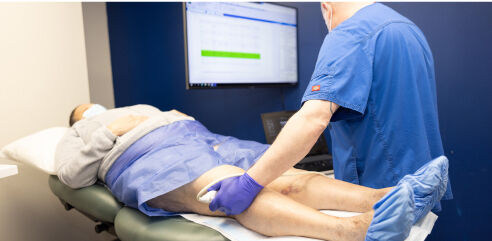 Vein Disease Treatments
Vein Disease Treatments
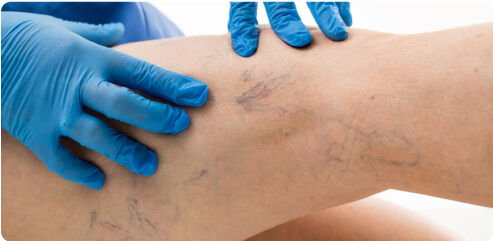 Treating Spider Veins
Treating Spider Veins
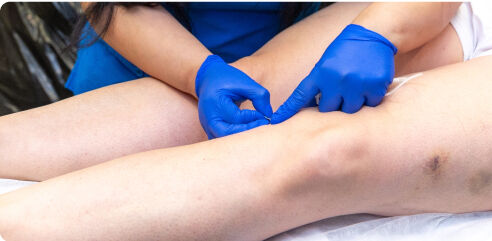 Treating Varicose Veins
Treating Varicose Veins
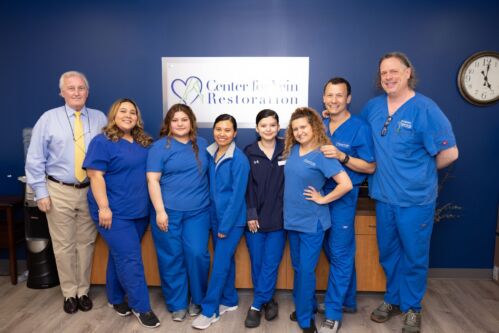 About Us
About Us
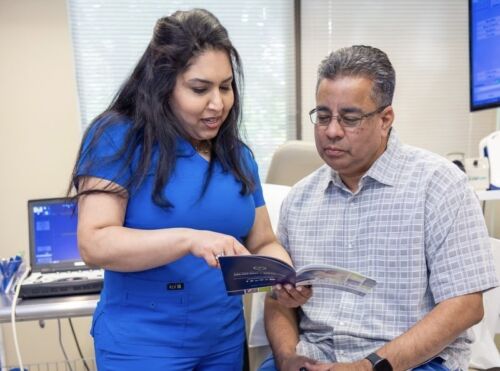 Patient Resources
Patient Resources
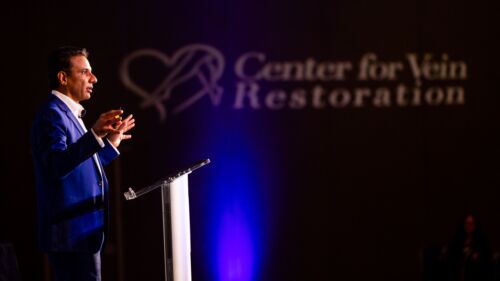 Physician Resources
Physician Resources

